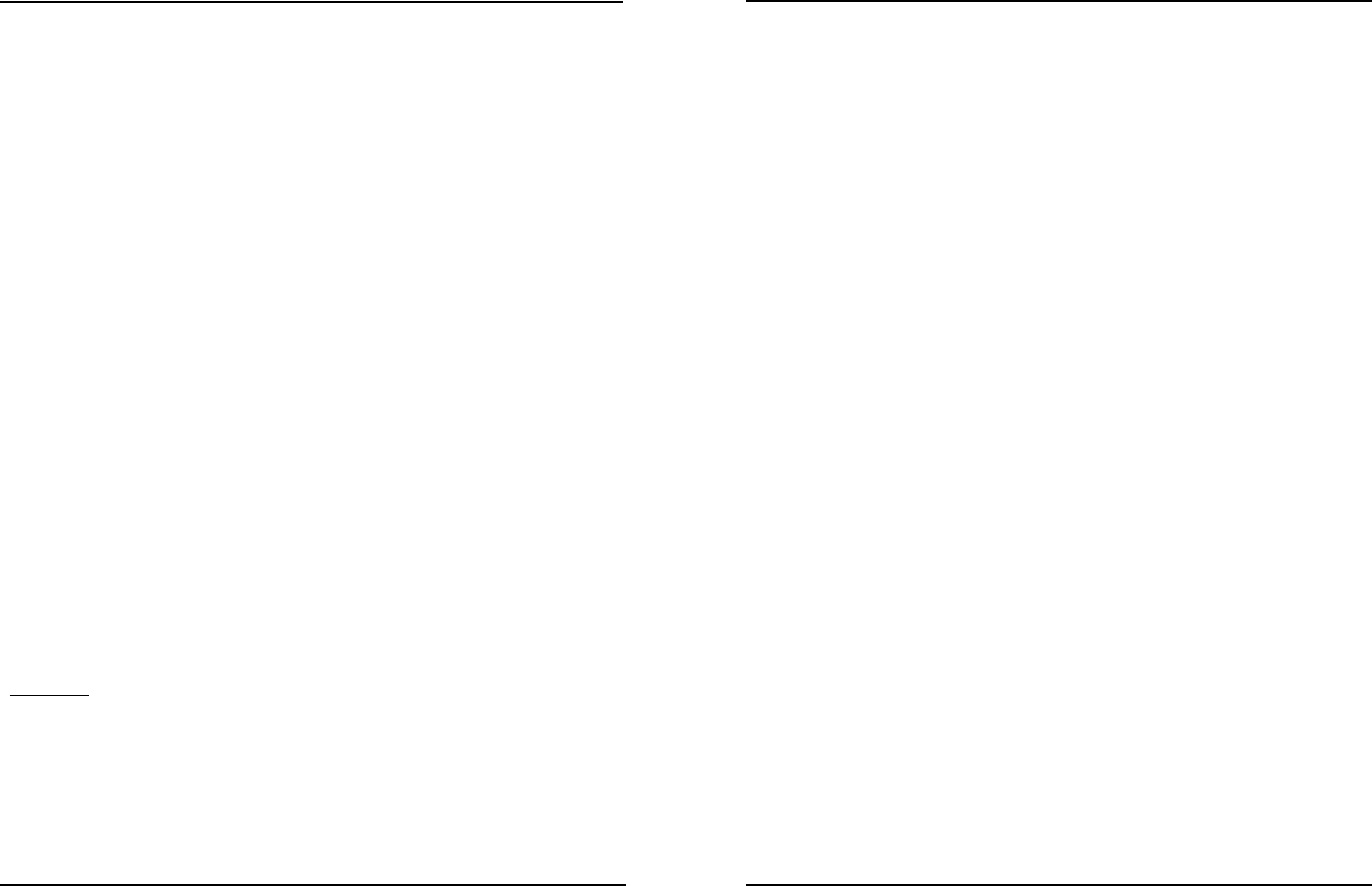
INTRODUCTION
54
TTaapp FFaaccttoorryy –– MMuullttii--TTaapp DDeellaayy
Transcend the Average Delay – A Tweaker’s Paradise
Let your creativity run wild with this delay/reverb hybrid. Easily design custom out-of-this-
world effects that cross the borders between Ambience, Early Reflections, Reverb and Delay.
Tap Factory makes customization of your sound a breeze and brings radical signatures to
your productions. Tap Factory’s extremely intuitive and clean user interface allows you to
make individual parameter settings for each of its 24 taps within seconds.
Tap Factory includes a bonus LE version that allows you to run multiple instances per DSP
on current PowerCore systems and supports first generation PowerCore hardware.
DDiiffffeerreenncceess bbeettwweeeenn TTaapp FFaaccttoorryy aanndd ootthheerr ddeellaayyss
In many aspects, Tap Factory is a fairly normal delay-unit: What comes in goes out again a
bit later. What sets Tap Factory apart from other delay-units is the way it can alter the
delayed sound and its ability to create very short and precise delay times.
Tap Factory covers common delay parameters like delay time, level and panning.
Additionally you will find the parameters Shade, Feedback and Phase. Feedback is
common to most multi-tap delays and echo-units, but as you will discover the way the
feedback works in TF is rather unique.
When you hear a natural echo, you do not hear an exact representation of the original
sound. The sound is obviously a little weaker in level, but it is also altered in a few other
ways: The sound is diffused, and the timbre has changed. And this effect is what the
“Shade” parameter recreates: timbre and diffusion of the delay taps.
If a sound hits a plaster wall, the resultant echo has a small dip in the high and low
frequency, but the amount of diffusion is very low and almost nonexistent. If the same
sound hits a rock face, the echo will have a lot of diffusion because of the surface
structure of the rocks, but there will only be very subtle coloring of the sound. Every
material has its own “audio-fingerprint” so to say, and that is why the sound in a
bedroom is different from the sound in an office even when the two rooms have the same
size and proportions. The “Feedback” parameter is routing a portion of the signal back to
the start of the delay-tap-chain. However, please exercise caution when setting up
Feedback as the overall level can get really loud!
CCrreeaattiinngg 33DD ddeellaayyss
The Phase parameter can be used to simulate three-dimensional sound. If you set two
delay taps to the same delay time, set the Pan for each to the widest position possible,
GENERAL INFORMATION
GGEETTTTIINNGG SSTTAARRTTEEDD
SSccrroollll WWhheeeell SSuuppppoorrtt
If you are using a host application that supports this feature, all parameters support
scrolling on both Windows XP and Mac OS X. Simply place the mouse over a parameter
value field and use the Scroll Wheel to increment/decrement the associated parameter-value.
KKeeyy CCoommmmaannddss
In most host applications, plug-ins support keyboard commands for certain functions.
The following key commands are available for all plug-in parameters.
KKeeyy CCoommmmaannddss iinn MMaacc OOSS KKeeyy CCoommmmaannddss iinn WWiinnddoowwss
Reset To Default = Alt Reset To Default = Shift & Control
DDSSPP UUSSAAGGEE
For each open instance of the Tap Factory on PowerCore devices (Express, PCI mkII,
Unplugged, Compact, FireWire, X8 and PowerCore 6000), the following DSP usage applies:
MMaacc OOSS XX
PowerCore software 3.0 or higher
Mac OS X (10. 4 or higher)
G4/G5 or Intel (1 GHz or faster)
512 MB RAM
VST, Audio Units or RTAS*) compatible
host application.
System must meet requirements of the
host application.
WWiinnddoowwss
PowerCore software 3.0 or higher
Windows XP
PIII 1.4 GHz or faster
512 MB RAM
VST compatible host application
System must meet requirements of the
host application.
*) RTAS (Pro Tools) is supported via the VST to RTAS adapter from FXpansion
(optional). More info on www.tcsupport.tc
SSYYSSTTEEMM RREEQQUUIIRREEMMEENNTTSS
@@4444.. 11 kkHHzz::
DSP 66%
MEM 100%
@@4488 kkHHzz::
DSP 72%
MEM 100%
@@8888.. 22 kkHHzz::
DSP 93%
MEM 100%
@@9966 kkHHzz::
DSP 100%
MEM 100%
@@4444.. 11 kkHHzz::
DSP 48%
MEM 25%
@@4488 kkHHzz::
DSP 53%
MEM 25%
@@8888.. 22 kkHHzz::
DSP 76%
MEM 25%
@@9966 kkHHzz::
DSP 83%
MEM 25%
LL
EE vveerrssiioonn
FFuullll vveerrssiioonn














